Cruising on canals in the Mekong Delta
Just a few kilometres outside of Hoi An, the Bay Mau Nipa Palm forest has a setting reminiscent of the Mekong Delta.
 |
Photo: Le Diem
Hoi An doesn’t just have an ancient town recognised as a UNESCO World Heritage Site, it also has an area dubbed ‘the Mekong Delta of the Central Region’, featuring the typical landscapes of the Delta such as rivers, canals, and dense nipa palm forests. If you visit Vietnam but don’t have time to travel from the north to the south, you could stop in the central region and get a sense of the Mekong Delta at the 3.5-ha Bay Mau Nipa Palm Forest in Hoi An’s Cam Thanh village.
There are many companies offering tours to Bay Mau Nipa Palm Forest for VND300,000 to 1 million (USD12.6 to 44) per person but you can easily get there under your own steam as it’s just 5 km from the centre of town.
Located near Cua Dai Beach, where the De Vong, Thu Bon and Truong Giang rivers meet the sea, the forest can be reached by taking a boat from Bach Dang Port in Hoi An down the Hoai River, part of the Thu Bon River. Another way is to drive, ride or cycle there and discover the local surroundings along the way.
As soon as you get there you’re sure be offered a thuyen thung (bamboo basket boat) trip by local people. More and more local residents have started providing tourism services as the number of visitors to Hoi An continues to boom and visits to Bay Mau have been promoted by local authorities and tour operators in recent years.
Capable of carrying just two adults and two children, thuyen thung are the most popular way of exploring the forest and a one-hour trip costs just VND150,000 (USD6.5), with life jackets. Its small size and round shape allows it to navigate narrow nooks and crannies along small canals.
Thuyen thung is a familiar mode of transport for people in the central region and a friend of fishermen, according to Tuan, the rower of our basket boat. He told us about the history of thuyen thung, which first appeared during the French colonial era. When the French arrived in Vietnam they began levying many types of taxes, including a tax on boat ownership. Poor Vietnamese fishermen depending on boats for their livelihood couldn’t afford the tax but couldn’t live without a boat either. Necessity is the mother of invention, as they say, and thuyen thung were created by local people in order to avoid the tax, as it didn’t look like a boat but could be used like one.
Since then, thuyen thung have become an important ‘member’ of all fishing families in the region and can be used to catch fish, octopus or shellfish. It can’t head far offshore but is convenient for fishing reasonably close to land.
Another unique feature of thuyen thung is the way of controlling it. Its round shape requires the rower stand up and move it by shifting his or her body weight and shaking it to the left or the right.
We later had the chance to admire the amazing skills of thuyen thung rowers. Our boat and others stopped in the middle of the forest and formed a circle. In the centre of the circle, water splashed out from two thuyen thung going up and down and creating waves. The boats remained perfectly afloat, though those on board let out the odd scream in fear and joy.
We then went deeper into the forest, which covers some 100 ha. We were drifting under a roof of nipa palm trees, like in another world. Though it was summer, the green of the nipa palm trees provided cool and fresh shade. The peaceful setting was added to by thatched houses that appeared every now and again, the gentle sound of waves coming from under the thuyen thung, some bird song, and people fishing from other basket boats.
The natural peace of the area was disturbed by the French and American Wars, as the dense forest made it a perfect base for liberation fighters. Several attacks on the French were successfully organised from 1948 to 1950, so the French chopped down the forest.
But there was no keeping the nipa palm trees down. After Vietnam’s victory over the French in 1954, the Republic of Vietnam, set up in the south by the Americans, undertook a bloody hunt of communist soldiers. Bay Mau again became a shelter and a base for many leaders from Hoi An and Quang Nam province. Thanks to its perse ecological system, a ready source of food was available in the rivers and canals when supply lines were cut by the enemy.
After the Americans arrived in nearby Danang in 1965, a network of trenches and barricades were set up to stem their attacks. The area was something of a safe haven for local liberation fighters right up until the war ended in 1975.
 |
Photo: Le Diem
Under the nipa palm leaves, I could easily imagine how the soldiers felt protected not only from the enemy but also from the scorching sun, though the heat remained. Tuan told me to come back again between February and April when Hoi An is cooler. But the best time to explore the forest is during the eighth month of the lunar year, when the palm fruit are ripe and resemble strange big flowers, adding charm to the landscape. Their liquid is also a unique and refreshing beverage.
As I was there out of season, Tuan gave me another ‘speciality’ of Quang Nam: singing me Quang songs. Quang singing was first created by local fishermen in the area and the music and lyrics express their life, work and soul, which are all attached to rivers, forests and boats. It was a special gift that really made the trip./.
( VNF/The Guide VN )
Recommended
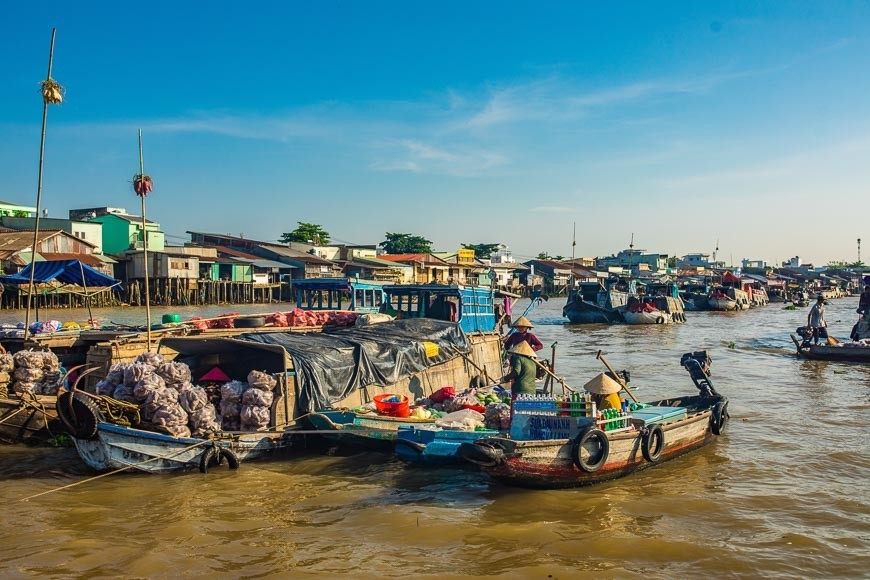 Travel
Travel
Vietnam Through Australian Eyes: Land of Flavor, Warmth, and Timeless Charm
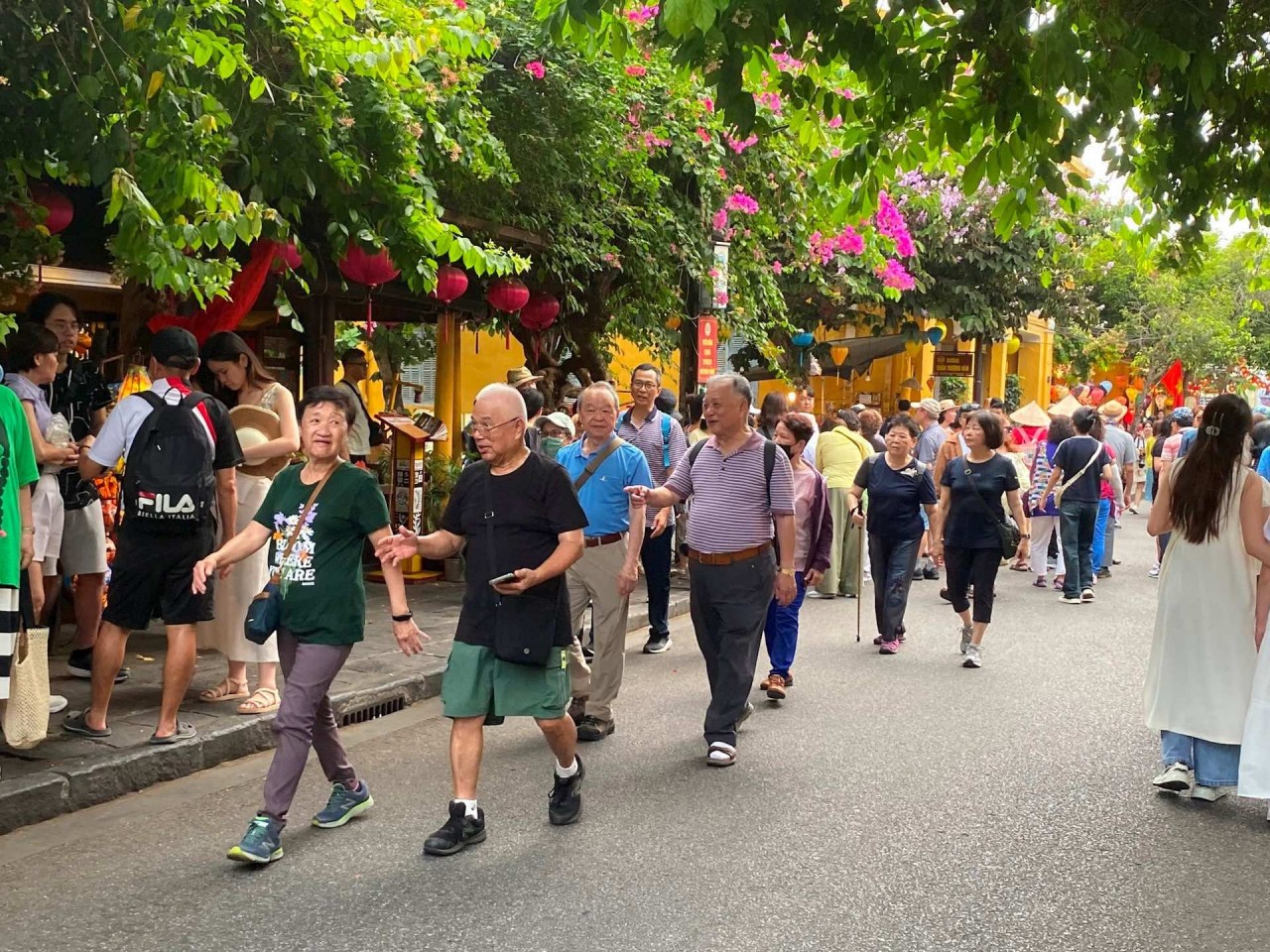 Travel
Travel
Strategies for Sustainable Growth of Vietnam’s Tourism from International Markets
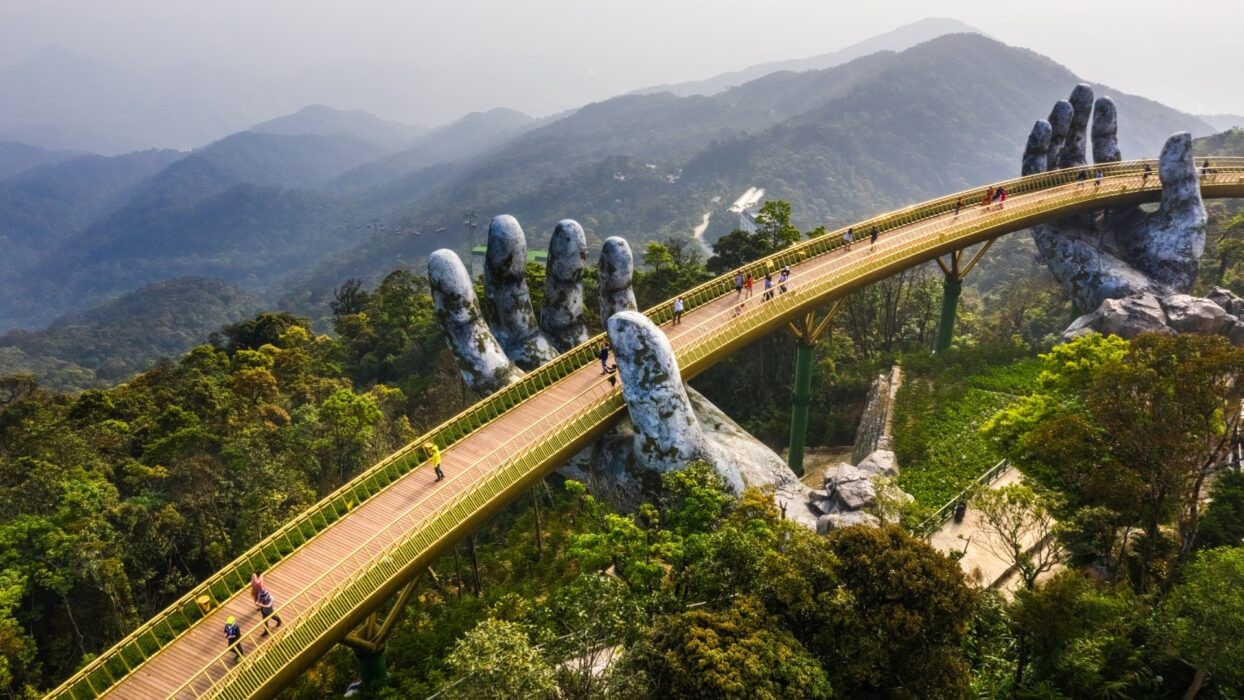 Travel
Travel
Vietnam Strengthens Its Presence On The Global Tourism Map
 Multimedia
Multimedia
Phong Nha-Ke Bang National Park Named Top Adventure Travel Site
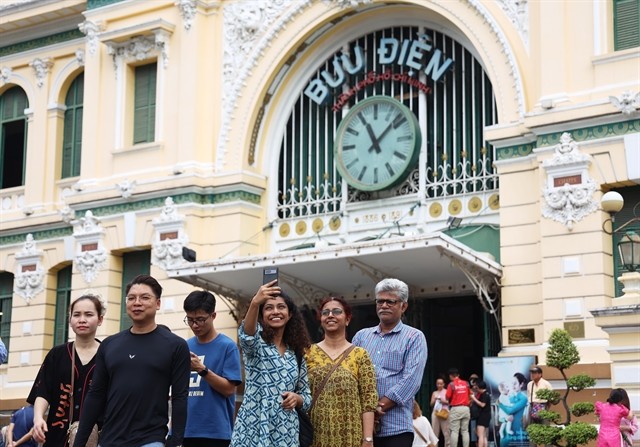 Travel
Travel
Vietnam Welcomes Record-High Number of International Visitors
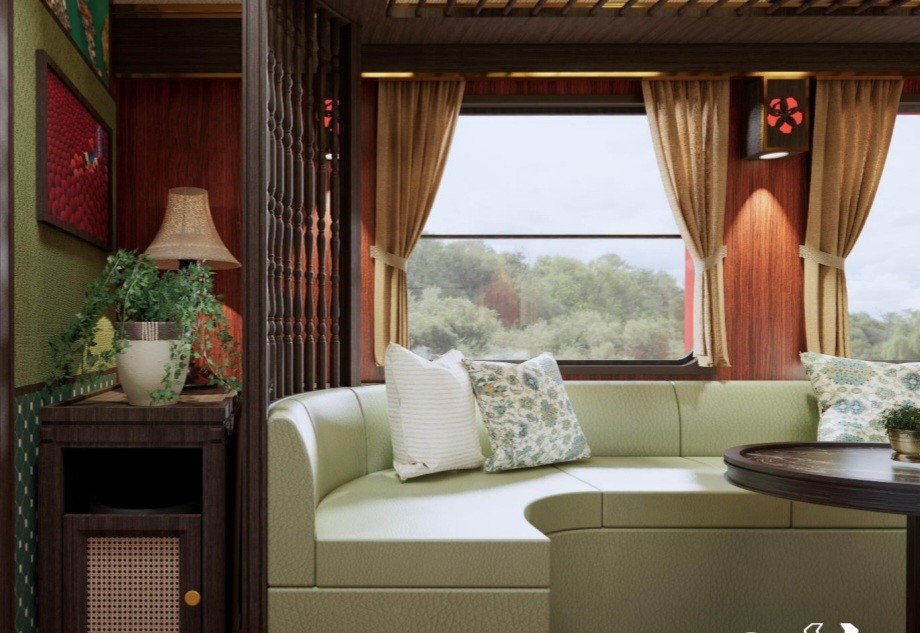 Travel
Travel
Luxury Train From Hanoi To Hai Phong To Be Launched In May
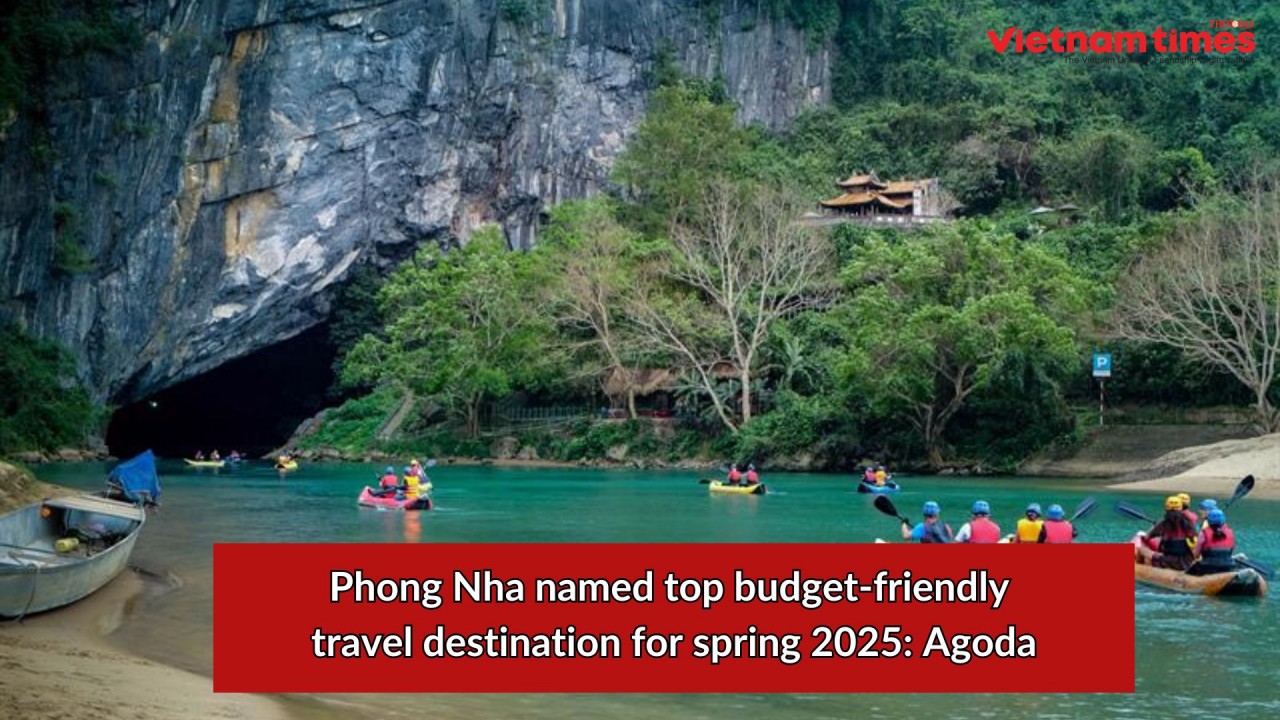 Travel
Travel
Phong Nha Named Top Budget-Friendly Travel Destination for Spring 2025: Agoda
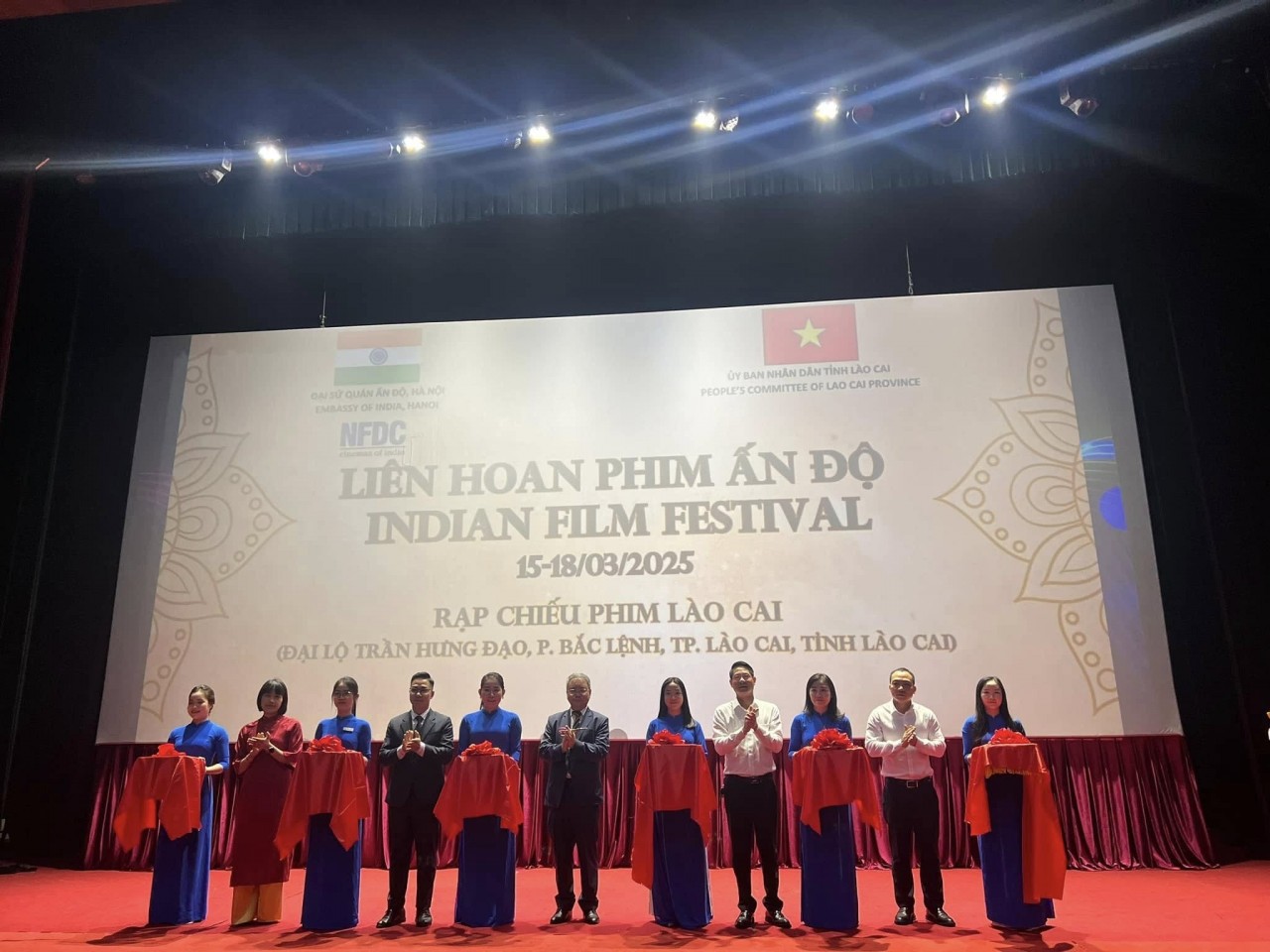 Travel
Travel
